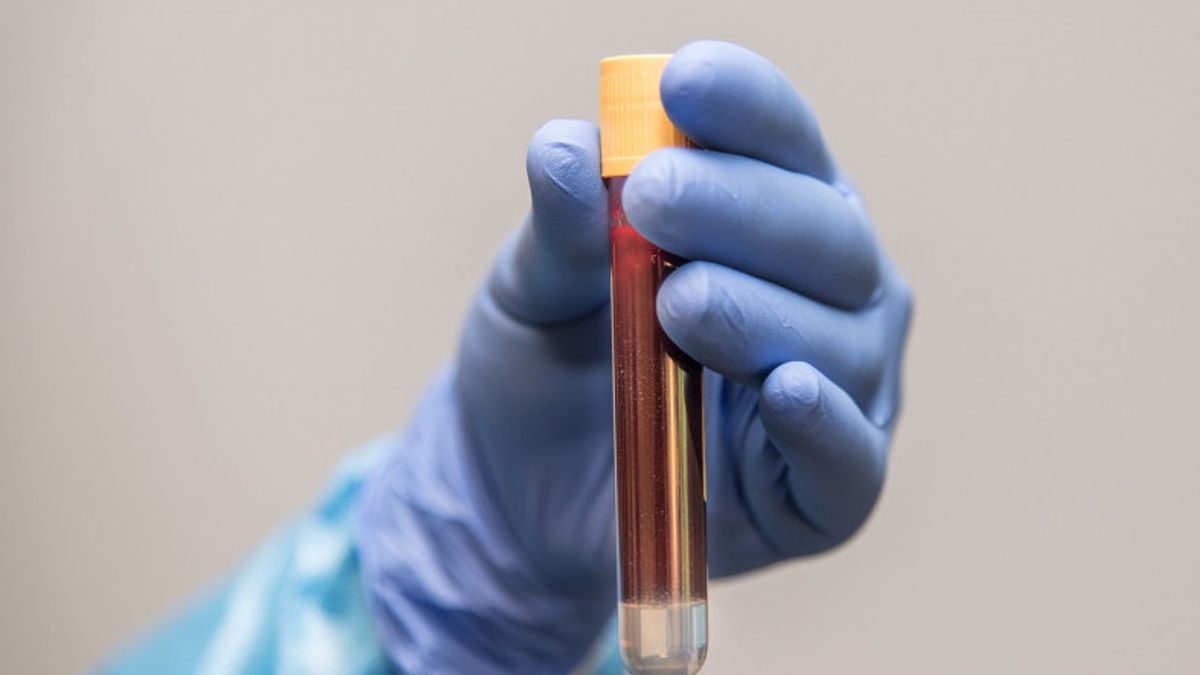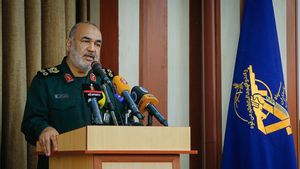JAKARTA - Head of the Blood Donor Unit (UDD) of the Central Indonesian Red Cross (PMI Pusat) dr. Linda Lukitari Waseso said, one of the requirements for someone who wants to become a convalescent plasma donor is to be in a healthy body condition.
"As a plasma donor, he must be healthy, even though he has just recovered from COVID-19," he said, as reported by Antara, Sunday, September 20.
Prospective donors must be declared cured by attaching a certificate of recovery from the health center or the treating doctor, have never received a blood transfusion in the last 6 months and have no comorbidities.
Other requirements include the recommended age of potential donors 18 years - 65 years, body weight of approximately 55 kg, has been confirmed positive which is indicated by a positive PCR test result or a positive rapid antigen.
Convalescent plasma therapy is an additional therapy for COVID-19 by giving plasma containing antibodies to the SARS-CoV-2 virus from COVID-19 survivors to COVID-19 patients who are still suffering from the disease or are being treated. This therapy is considered effective in the treatment of SARS, MERS, and the H1N1 pandemic.As quoted from News Medical, the basic idea behind convalescent plasma therapy is that COVID-19 survivors have antibodies against the disease and therefore can acquire immunity.
Studies on the effectiveness of convalescent plasma therapy, in general, are relatively few but show promising results. A systematic review of the use of convalescent plasma for the treatment of viral severe acute respiratory infections showed a 75 percent reduction in the patient's risk of death.
This therapy could theoretically prevent the development of more severe infections in moderately symptomatic COVID-19 patients. But many studies show this therapy has no significant beneficial effect on hospitalized COVID-19 patients.
In general, there are three stages in convalescent plasma donation at UDD, namely donor preparation which includes filling out a blood donor form and informed consent or approval of medical action, donor selection through history taking and physical examination.
Furthermore, donor laboratory examinations include confirmation of blood type, antibody screening, infectious infections through blood transfusions (HIV, hepatitis B, hepatitis C and syphilis).
Finally, the donor's blood was drawn using an apheresis machine. Generally, the time for this blood draw is about 45 minutes.
Linda noted that currently, although COVID-19 cases have decreased, the demand for plasma donors remains and the plasma stock at PMI is in sufficient quantity.
The English, Chinese, Japanese, Arabic, and French versions are automatically generated by the AI. So there may still be inaccuracies in translating, please always see Indonesian as our main language. (system supported by DigitalSiber.id)











